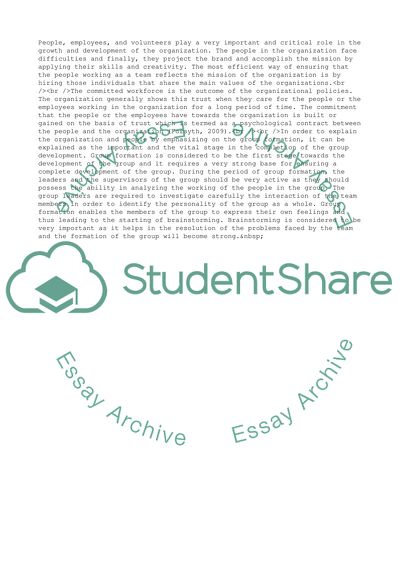Cite this document
(Organisations and People Coursework Example | Topics and Well Written Essays - 2000 words, n.d.)
Organisations and People Coursework Example | Topics and Well Written Essays - 2000 words. https://studentshare.org/management/1853885-organisations-and-people
Organisations and People Coursework Example | Topics and Well Written Essays - 2000 words. https://studentshare.org/management/1853885-organisations-and-people
(Organisations and People Coursework Example | Topics and Well Written Essays - 2000 Words)
Organisations and People Coursework Example | Topics and Well Written Essays - 2000 Words. https://studentshare.org/management/1853885-organisations-and-people.
Organisations and People Coursework Example | Topics and Well Written Essays - 2000 Words. https://studentshare.org/management/1853885-organisations-and-people.
“Organisations and People Coursework Example | Topics and Well Written Essays - 2000 Words”. https://studentshare.org/management/1853885-organisations-and-people.


